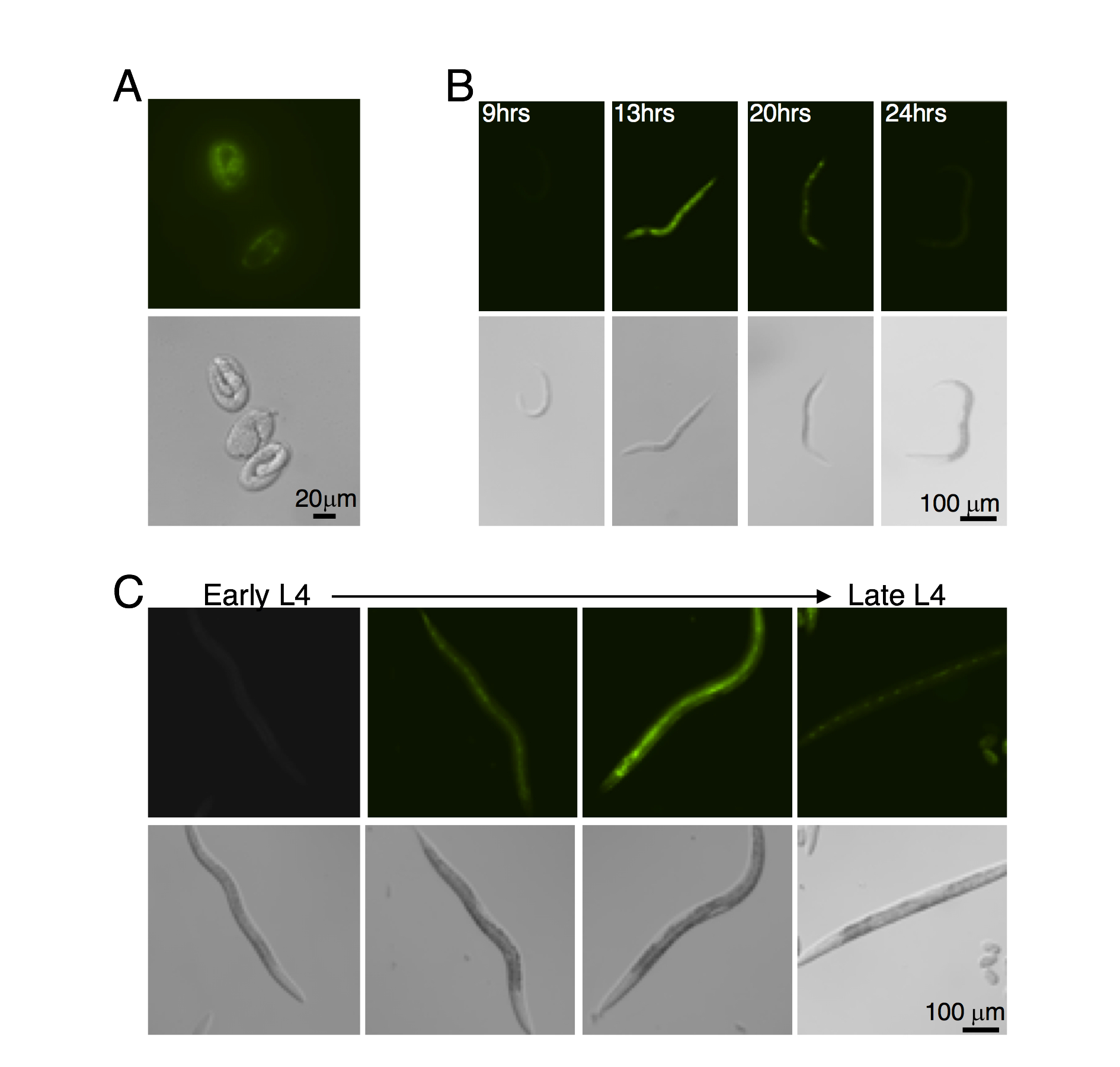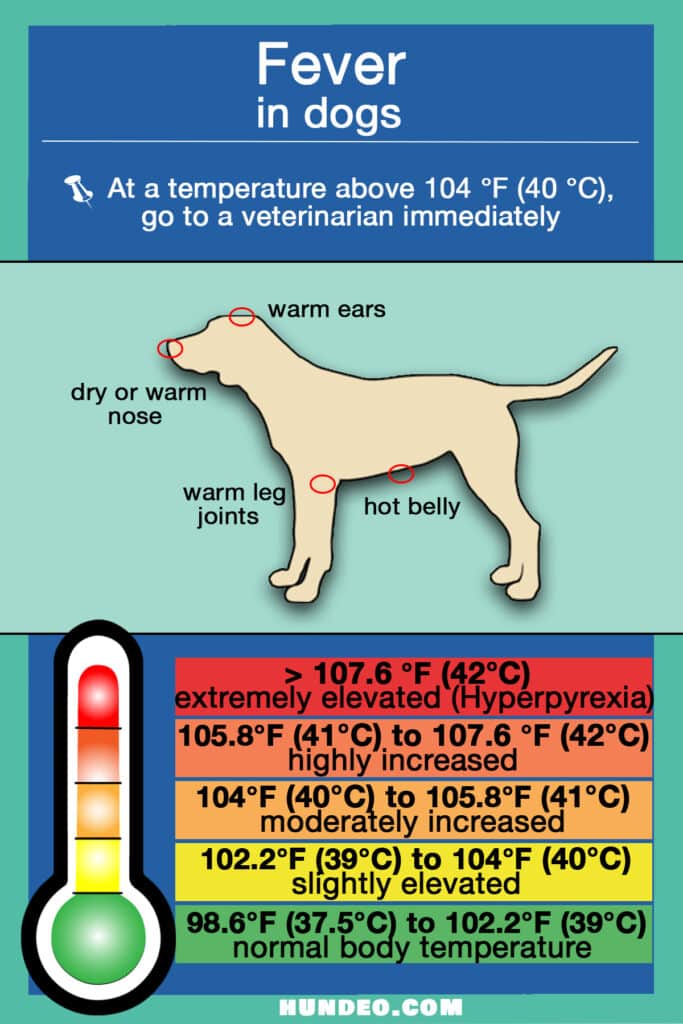LIN-42, the Caenorhabditis elegans PERIOD homolog, Negatively
4.6 (226) · $ 9.50 · In stock
Author Summary MicroRNAs play pervasive roles in controlling gene expression throughout animal development. Given that individual microRNAs are predicted to regulate hundreds of mRNAs and that most mRNA transcripts are microRNA targets, it is essential that the expression levels of microRNAs be tightly regulated. With the goal of unveiling factors that regulate the expression of microRNAs that control developmental timing, we identified lin-42, the C. elegans homolog of the human and Drosophila period gene implicated in circadian gene regulation, as a negative regulator of microRNA expression. By analyzing the transcriptional expression patterns of representative microRNAs, we found that the transcription of many microRNAs is normally highly dynamic and coupled aspects of post-embryonic growth and behavior. We suggest that lin-42 functions to modulate the transcriptional output of temporally-regulated microRNAs and mRNAs in order to maintain optimal expression of these genes throughout development.
CGEF-1 regulates mTORC1 signaling during adult longevity and stress response in C. elegans

Full article: Modulatory upregulation of an insulin peptide gene by different pathogens in C. elegans

A circadian-like gene network programs the timing and dosage of heterochronic miRNA transcription during C. elegans development - ScienceDirect

A circadian-like gene network programs the timing and dosage of heterochronic miRNA transcription during C. elegans development - ScienceDirect

The Period protein homolog LIN-42 regulates germline development in C. elegans - ScienceDirect

LIN-42, the Caenorhabditis elegans PERIOD homolog, Negatively Regulates MicroRNA Transcription

In development, it's all about the timing

Temporal scaling in C. elegans larval development

wrt-2 expression oscillates during larval development
Rfam: Family: mir-46 (RF00249)











